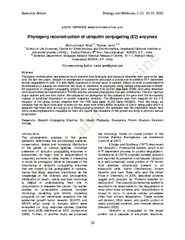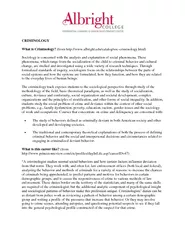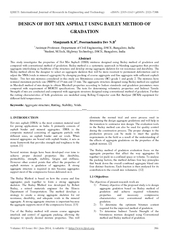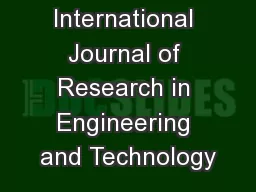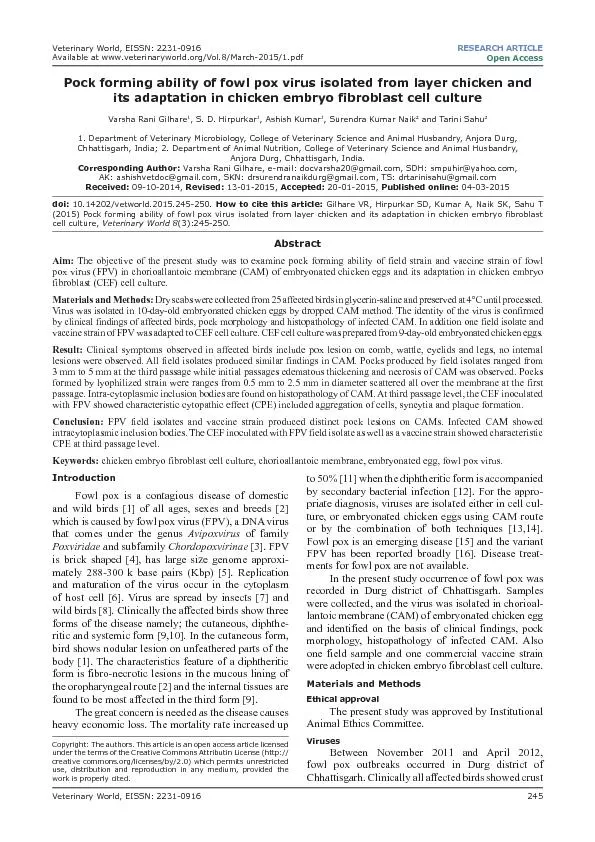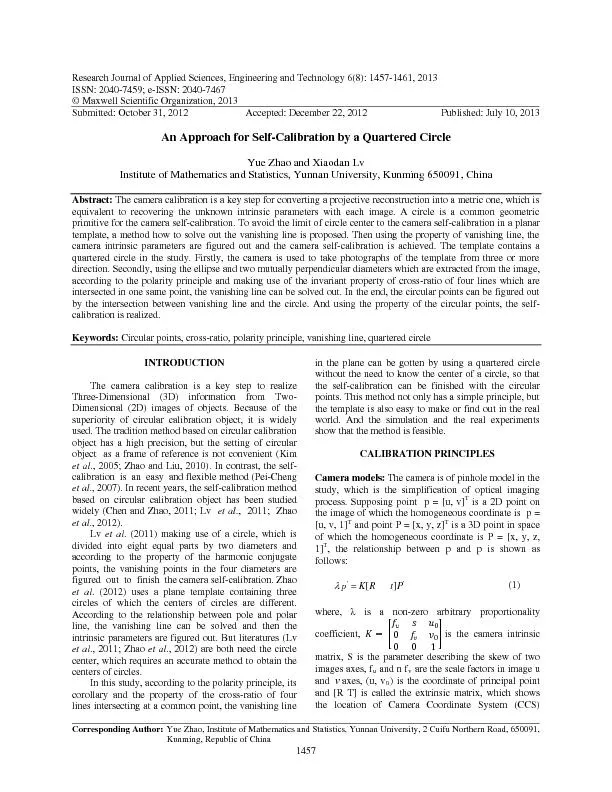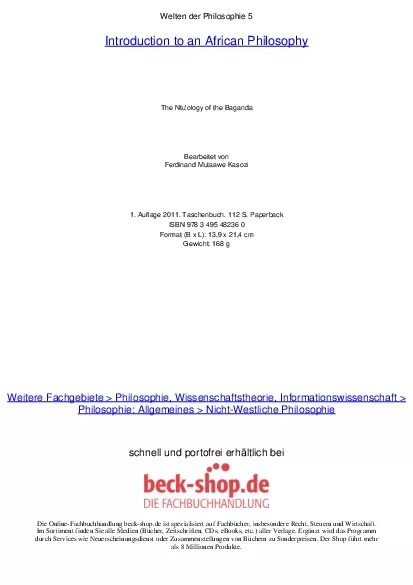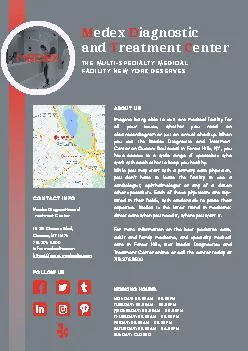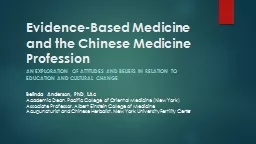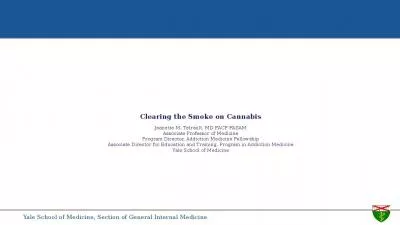PDF-Research Article Bi ology and Medicine eISSN w
Author : tatyana-admore | Published Date : 2015-05-20
biolmedonlinecom Phylogeny reconstruction of ubiquitin conjugating E2 enzymes Muhummadh Khan Kaiser Jamil 1 2 School of Life Sciences Centre for Biotechnology and
Presentation Embed Code
Download Presentation
Download Presentation The PPT/PDF document "Research Article Bi ology and Medicine ..." is the property of its rightful owner. Permission is granted to download and print the materials on this website for personal, non-commercial use only, and to display it on your personal computer provided you do not modify the materials and that you retain all copyright notices contained in the materials. By downloading content from our website, you accept the terms of this agreement.
Research Article Bi ology and Medicine eISSN w: Transcript
Download Rules Of Document
"Research Article Bi ology and Medicine eISSN w"The content belongs to its owner. You may download and print it for personal use, without modification, and keep all copyright notices. By downloading, you agree to these terms.
Related Documents

